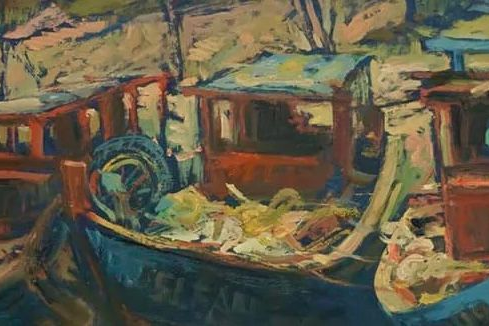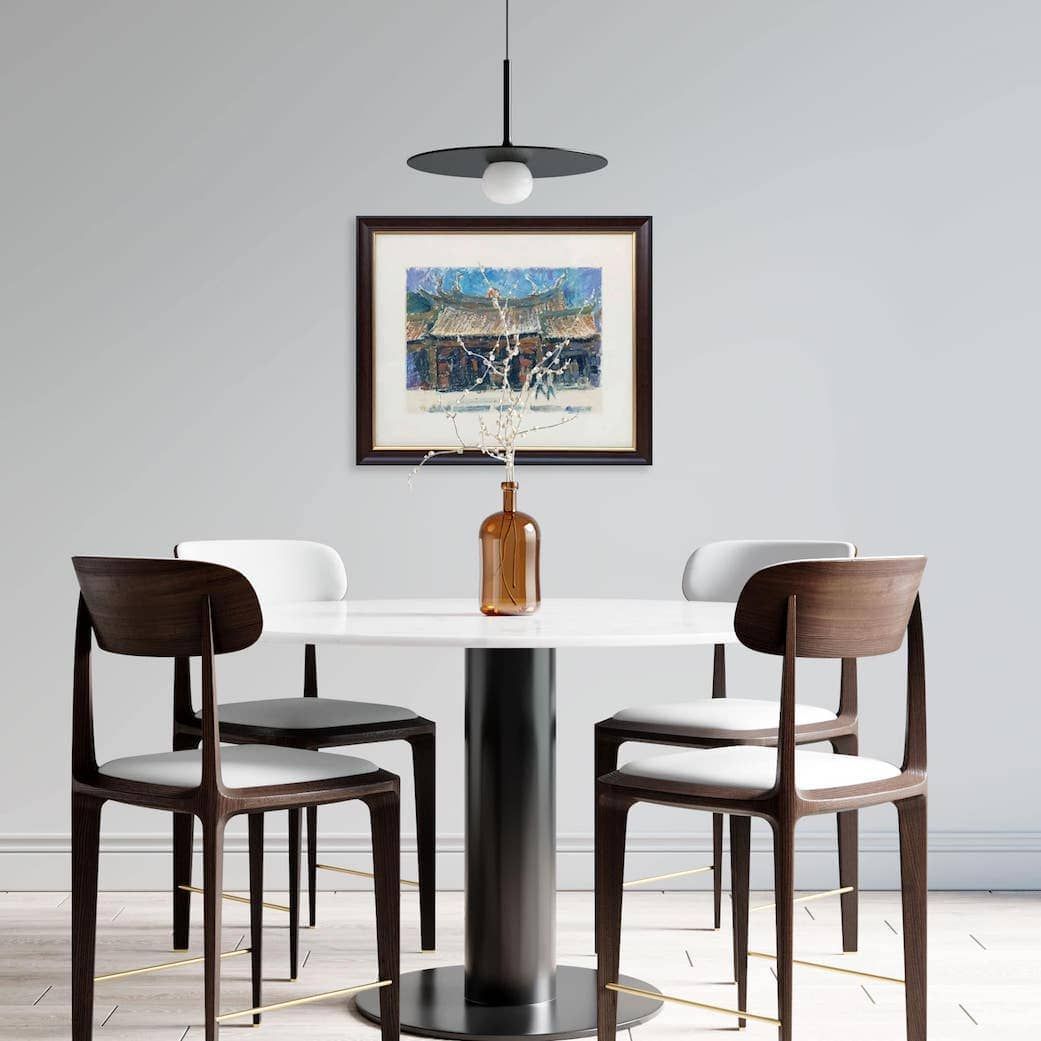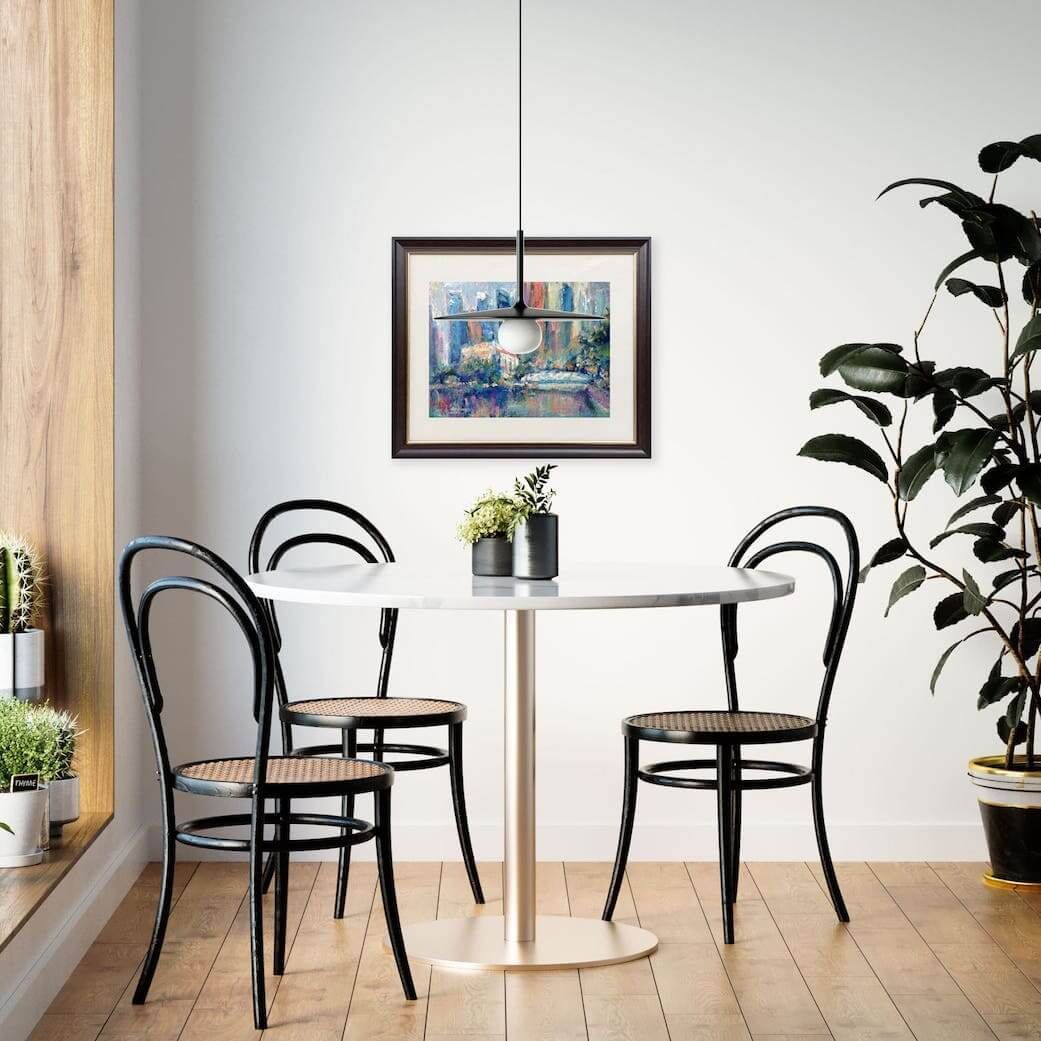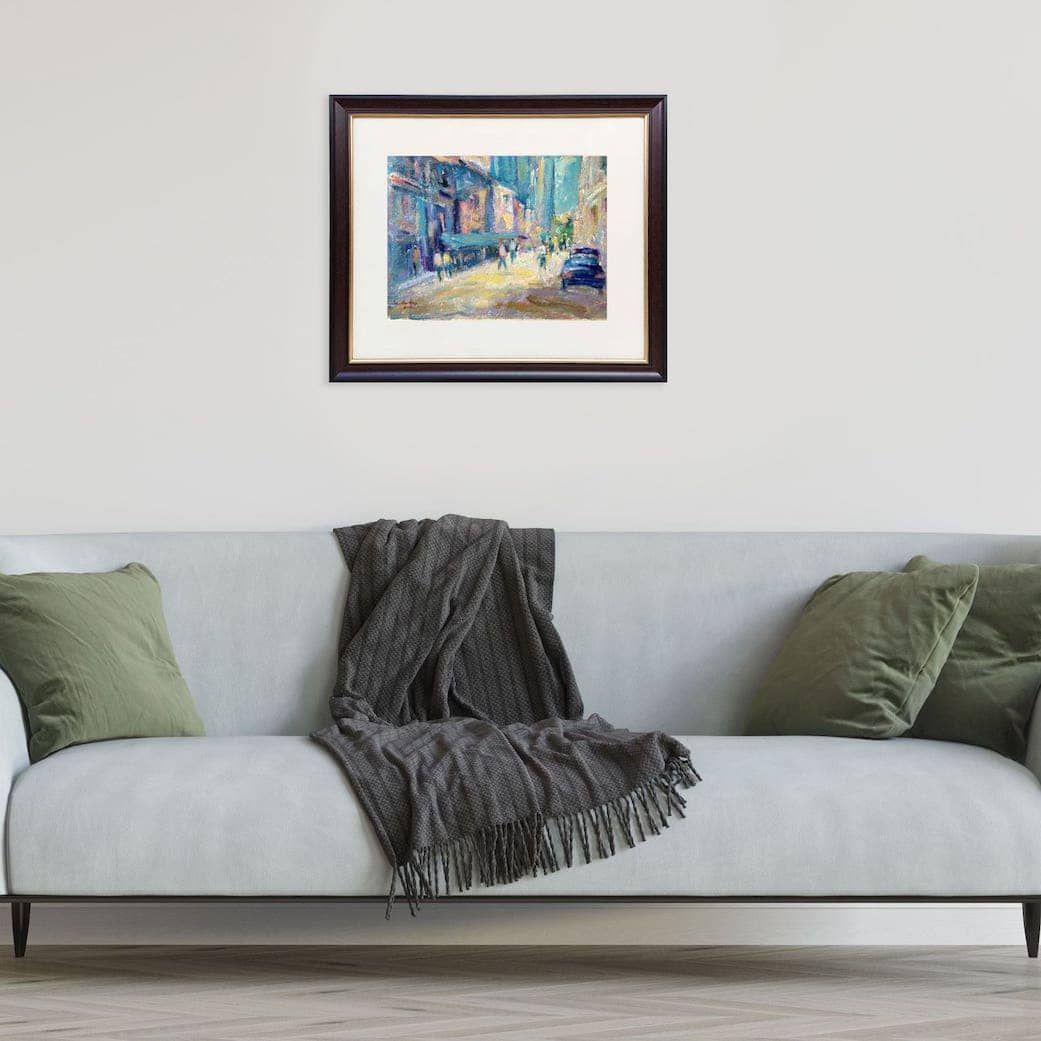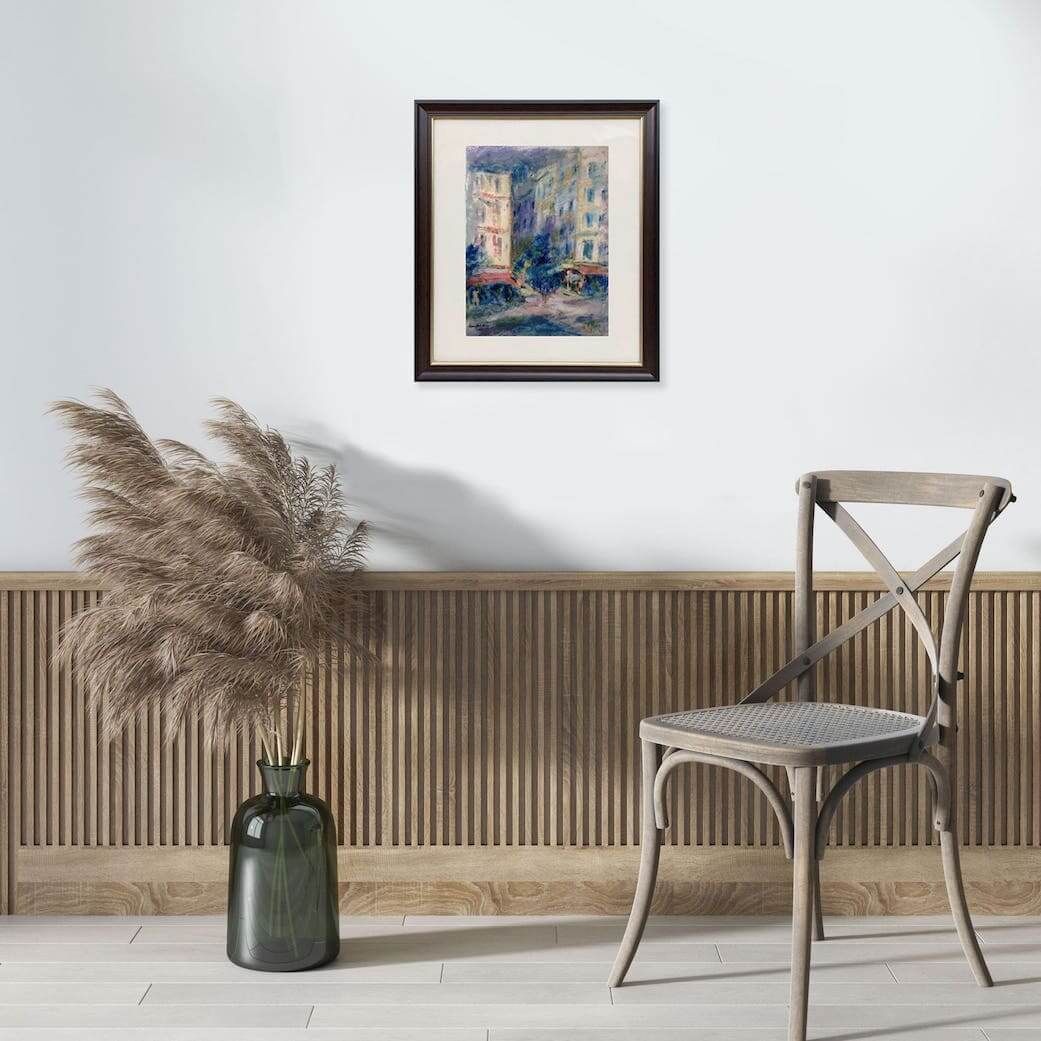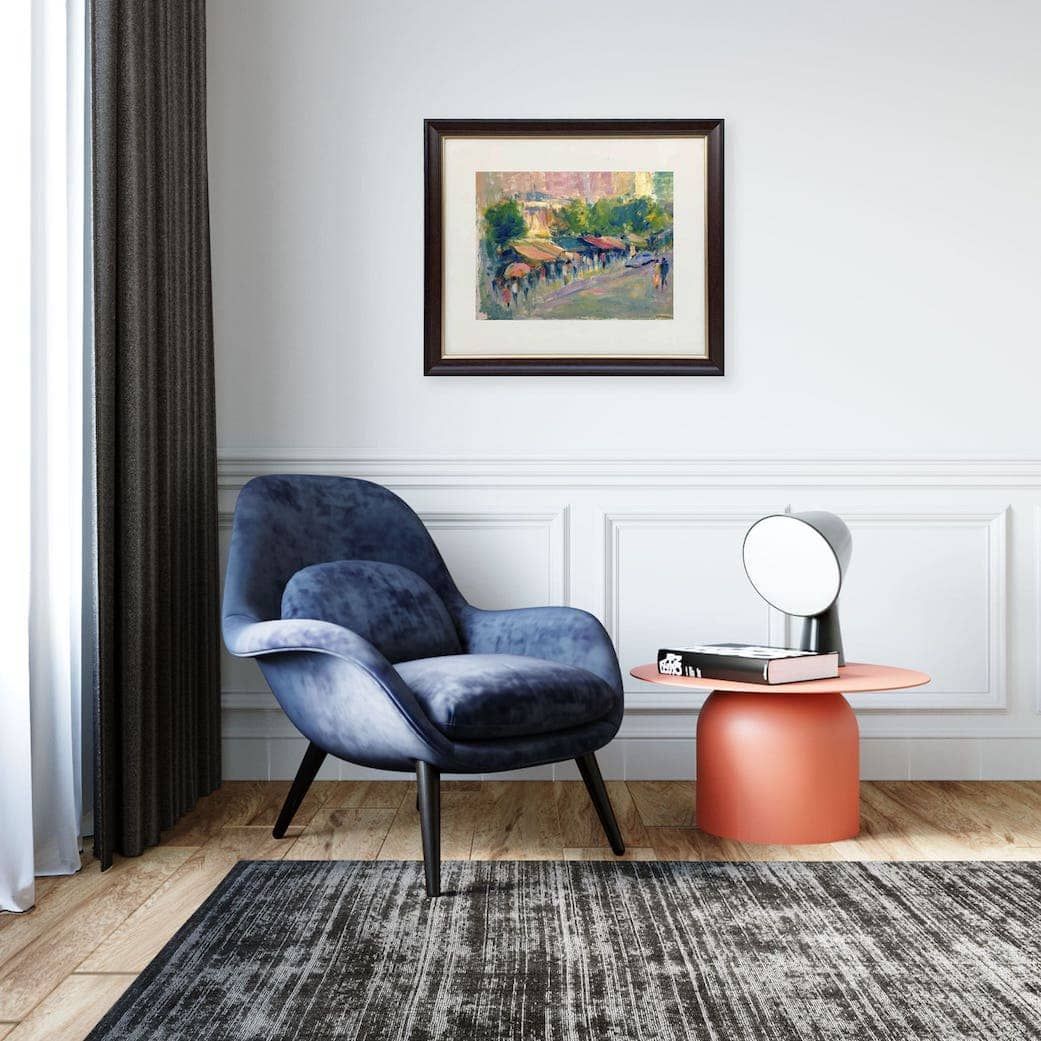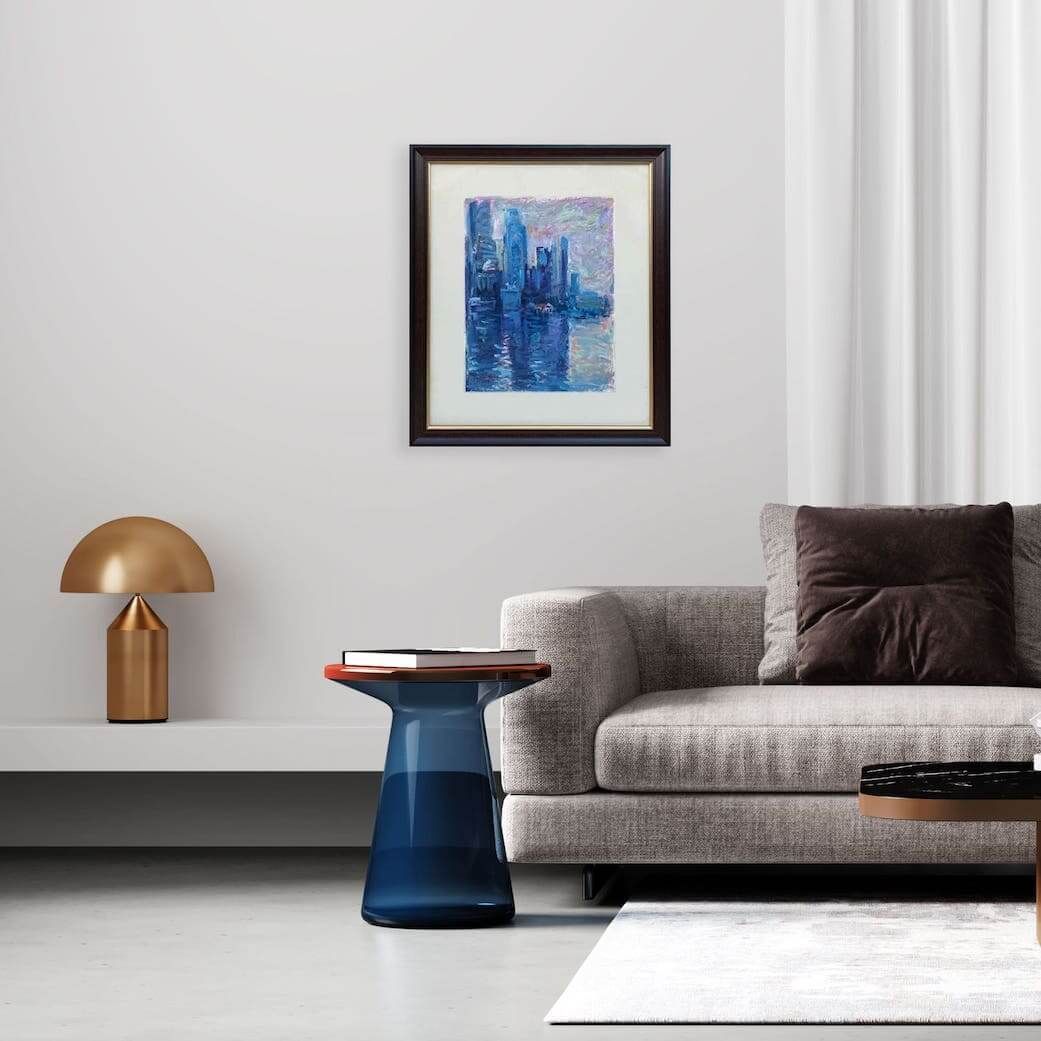Decoding the Canvas: Appreciating Art Based on Different Mediums
Decoding the Canvas: Appreciating Art Based on Different Mediums
One fascinating way to deepen your art appreciation is to consider the medium the artist used.
Each artistic medium affects how we experience the artwork by offering its own unique qualities such as textures and colours, challenges, and expressive potential from various techniques used.
Here is a breakdown of how to appreciate each type:
Oil Paintings
Ah, the classic! Oil paints are known for their rich, vibrant colours, ability to be blended smoothly, and the stunning depth they can achieve.
Look for the way light plays on the surface, the subtle shifts in colour, and the intricate details of texture (or "impasto") created by the visible brushstrokes.
Notice how the artist layers colours to create depth and texture, which gives an oil painting emotional depth and realism.
Consider the emotions the colours evoke and the story the painting tells.
Old Master paintings often showcase the luminous quality of oils.
Chinese Ink Paintings
More than just black and white, Chinese ink painting is about the mastery of ink washes, from the deepest black to the most ethereal grey, and the expressive power of brushstrokes.
Appreciate the simplicity and fluidity of dynamic lines, the balance of empty space or the "breathing room" (known as “liubai”), and the symbolic beauty of nature.
These works focus on capturing spirit and essence over detail. Try to feel the energy.
Acrylic Paintings
A more modern cousin to oils, acrylics dry much faster.
This makes them versatile for quick layering, bold blocks of colour, and experimental techniques, which leads to expressive and spontaneous styles.
Notice the crispness of lines, the flatness of colour (if the artist intends it), and how they might mimic other mediums.
When appreciating acrylic art, pay attention to the vibrancy of the colours and the smoothness of the application.
Explore how the artist uses the medium to create different effects, such as transparency or opacity.
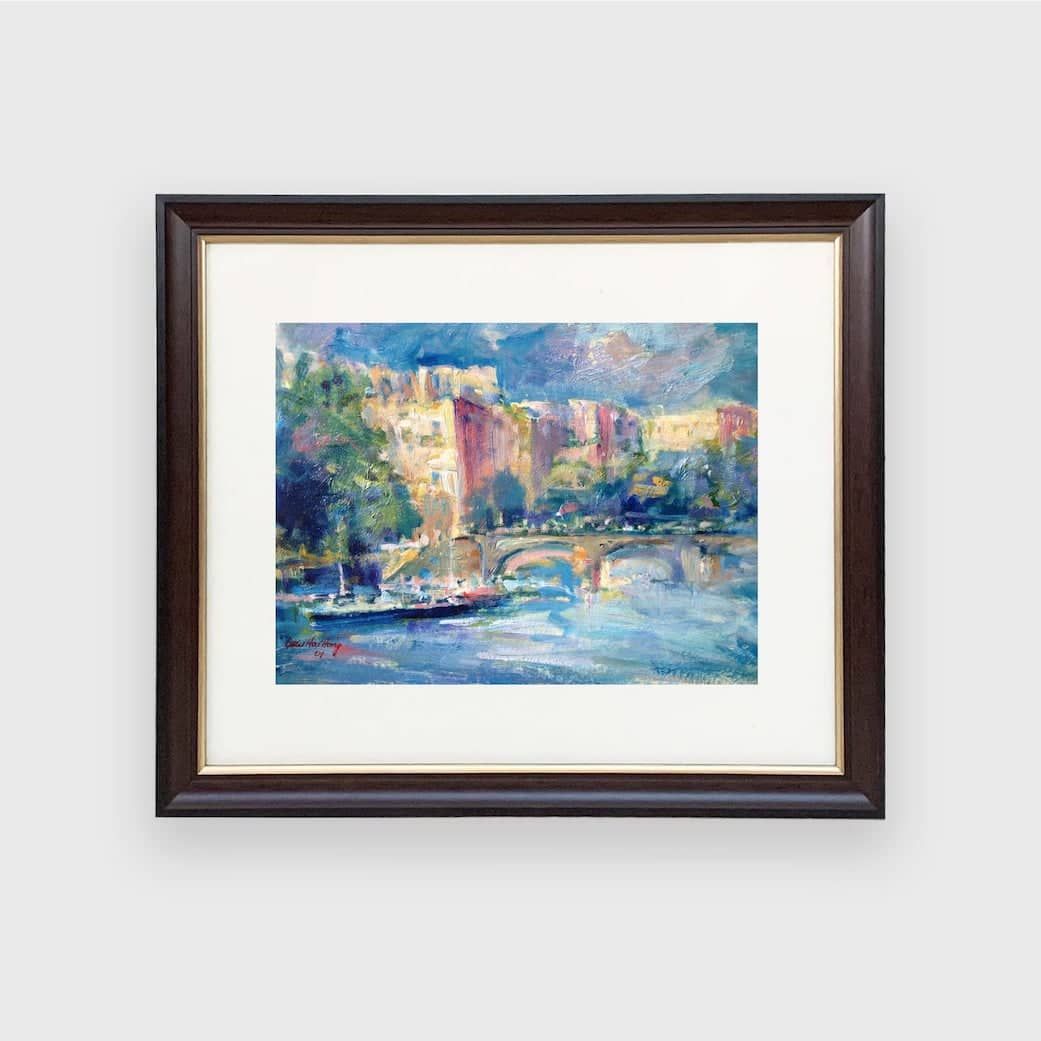
Watercolour Paintings
Think delicate, lightness, transparency, fluidity, and softness! Watercolours are all about layering washes of translucent colour. It is often used for mood and atmosphere.
Appreciate the delicate glow, the soft edges where colours bleed into each other, and the way the white of the paper shines through to create luminosity.
Notice the lightness and transparency that can evoke a sense of tranquillity.
Observe the play between control and flow. Reflect on the artist’s ability to control the medium’s unpredictability.
Gouache Paintings
A bit like watercolour's opaque cousin, gouache uses more pigment, resulting in matte, vibrant colours that can be layered for strong, flat areas.
When appreciating gouache paintings, focus on the boldness of the hues and the flatness of the application.
Look for the velvety finish, the bold, graphic quality often found in illustrations, and strong contrasts and shapes.
Consider how the artist uses light and shadow to create dimension and think about the emotions conveyed through the colour choices.
Pastel Paintings
Both soft and oil pastels are essentially pure pigment in stick form. They create incredibly rich, velvety textures and delicate blending with vibrant colours.
Appreciate the powdery, luminous quality, the way colours can be blended by smudging, and the immediate, spontaneous feel.
Focus on texture and tone, and observe the layering process and how the artist blends colours to achieve depth.
Take note of the softness of the lines and how they contribute to the overall feel of the piece.
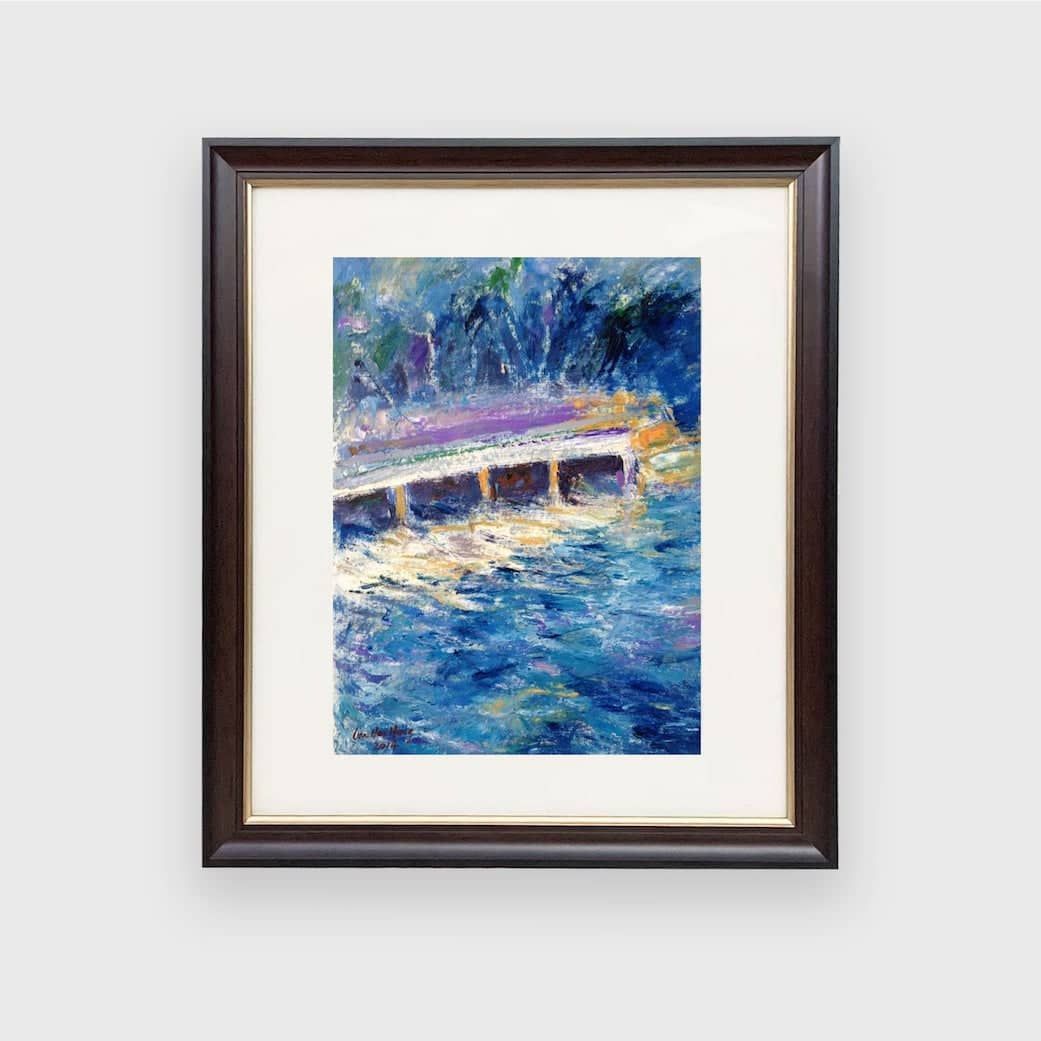
Tempera Paintings
Historically significant (think Renaissance!), tempera paints (often egg tempera) dry quickly to a matte finish.
They are known for their precise detail and luminous, jewel-like colours achieved through many thin layers.
Look for the meticulous brushwork, the glowing quality, and the vibrant, matte finish.
Reflect on the historical context of tempera and how it has influenced contemporary art.
Encaustic Paintings
This ancient technique involves hot beeswax mixed with coloured pigments. The result is a textured, almost sculptural surface with a unique translucency.
Feel the history and appreciate the tactile quality and the way light interacts with the waxy layers.
Notice how the medium allows for unique effects and a sense of depth.
Consider the skill required to manipulate wax and the stories it can tell.
Fresco Paintings
Imagine painting directly onto freshly applied plaster walls – that is fresco! Found in grand historical buildings, these works are permanent and become part of the architecture.
They have a timeless, historical quality. Imagine how they have weathered time.
Appreciate the large scale, the soft, muted tones (as pigments are absorbed by the plaster), and the sheer ambition of the artist.
Think about the challenges artists face with this medium, such as time constraints and the permanence of their work.
Observe the vibrancy of colours and how they interact with the architecture of the space.
Mixed Media Paintings
Mixed media combines various materials and techniques.
This is where artists let loose, combining different materials like paint, collage, drawing, and found objects. These works break rules.
Appreciate the unexpected juxtapositions, the layers of meaning created by different textures, and the artist's playful experimentation and inventive spirit.
Consider how the artist’s choice of materials contributes to the overall narrative and emotional impact of the piece. Try to sense the artist’s curiosity and message.
